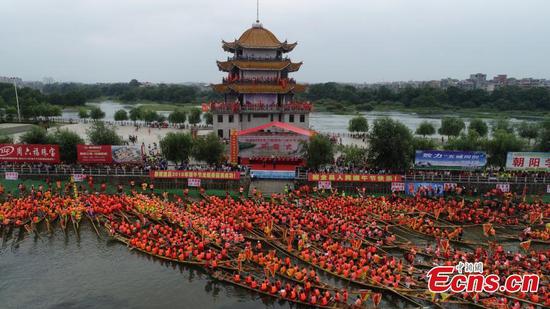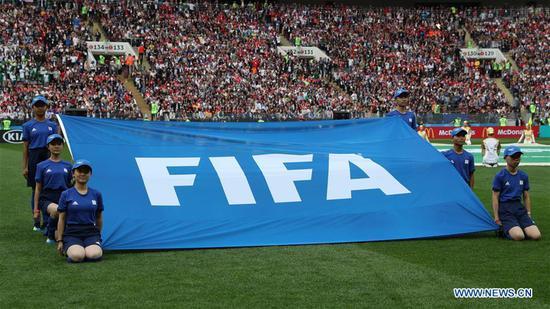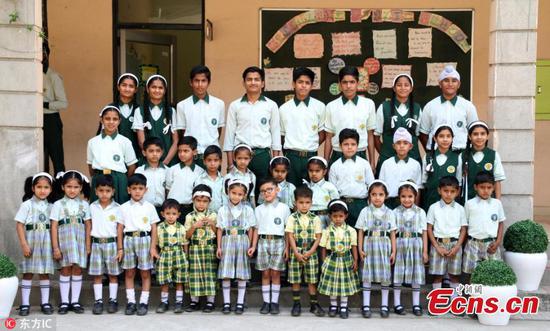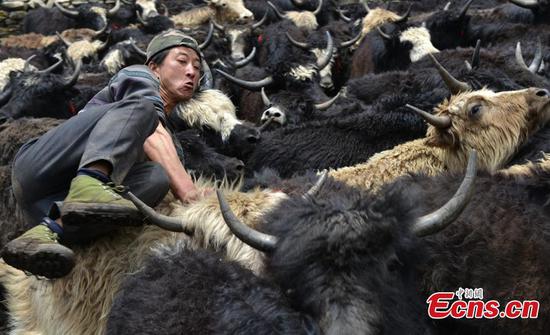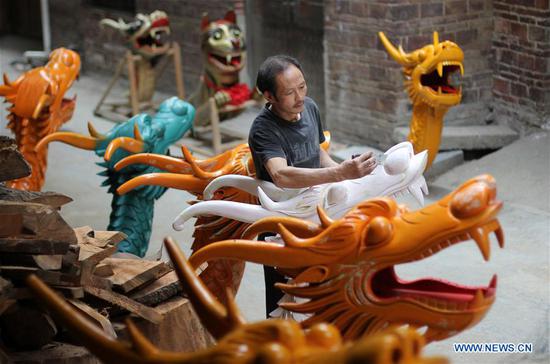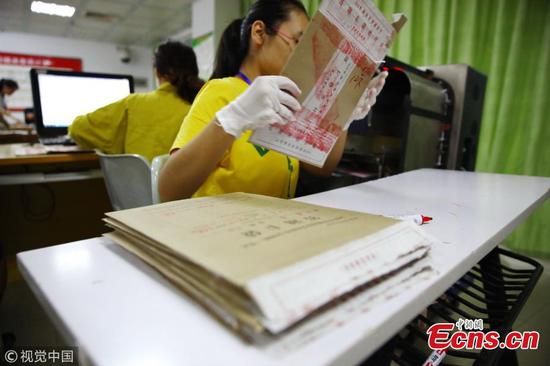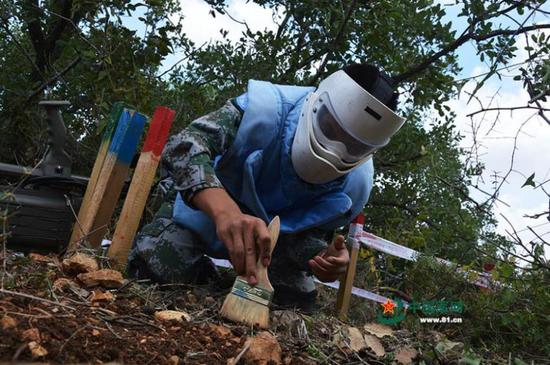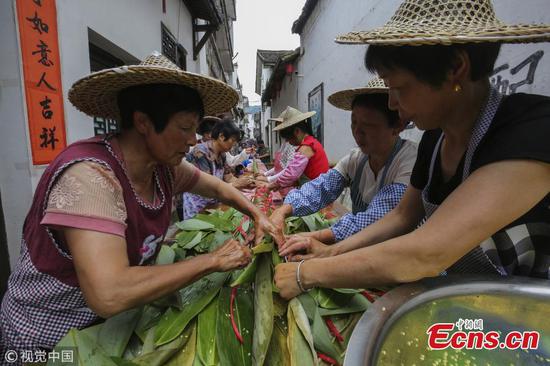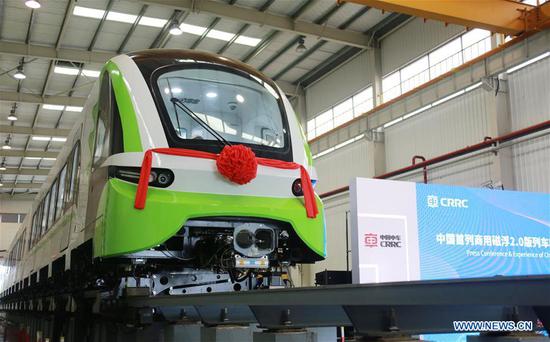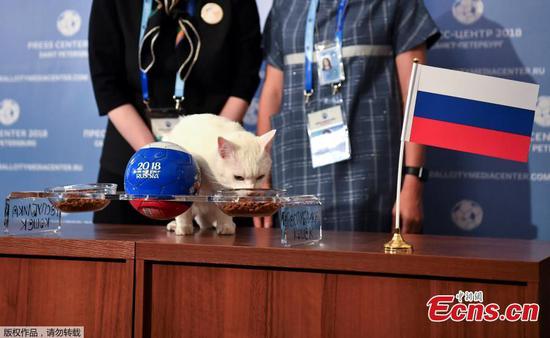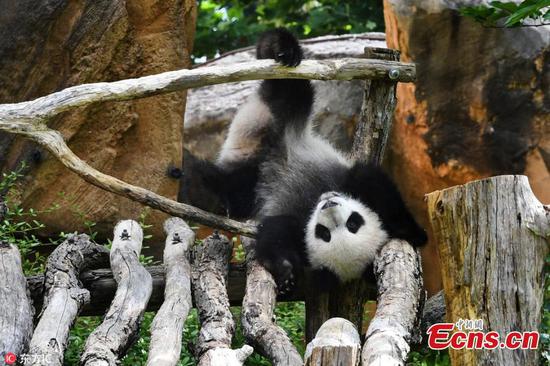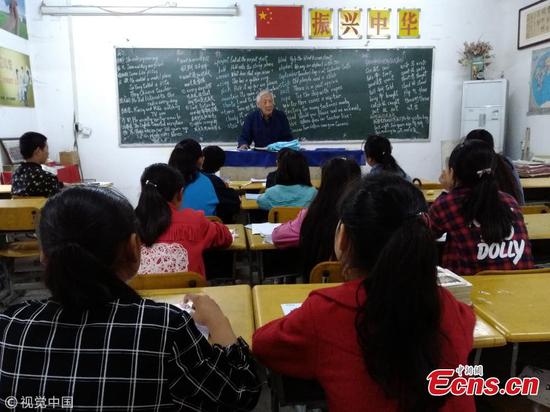Non-financial outbound direct investment continued to see strong growth in the first five months of 2018, according to data from the Ministry of Commerce.
Domestic investors made $47.89 billion of non-financial ODI in 2,987 overseas companies in 149 countries and regions between January and May, up 38.5 percent year-on-year.
Gao Feng, the ministry's spokesman, said the country's structure of outbound investment continued to improve, with investment mainly going to sectors of business and rental services, mining, manufacturing, retail and wholesale, among others.
ODI into 54 economies related to the Belt and Road Initiative rose 8.2 percent year-on-year to $5.93 billion during the first five months.
China's ODI, after peaking in 2016, saw a drastic reduction in 2017 amid the government's efforts to curb irrational investments overseas that have brought potential risks to overall financial security.
From a long-term perspective, experts warned that Chinese companies eyeing overseas expansion in both developed and emerging economies need to share risk information and unite to build a risk-prevention system.
"New issues, including trade disputes between the United States and many countries, the United Kingdom's impending withdrawal from the European Union, and some nations' changing attitude toward Chinese investment, especially Australia, mean that Chinese companies need to take precautions before entering a foreign market," said Xue Rongjiu, deputy director of the Beijing-based China Society for WTO Studies.
He said security concerns, in particular in certain nations in Africa and the Middle East, became fairly prominent in the past several years, dealing a heavy blow to investors. Natural disasters and diseases also had a severe impact on China's commercial activities, a new trend in recent years.
In the meantime, foreign direct investment in the Chinese mainland rose 1.3 percent year-on-year to 345.59 billion yuan ($52.66 billion) in the first five months of this year. The number of new overseas-funded companies set up during the period surged 97.6 percent year-on-year to 24,026.
FDI into high-tech sectors, which accounted for 29.1 percent of the total, climbed 12.3 percent year-on-year during the first five months, according to data from the Ministry of Commerce.
The pharmaceutical, electronic and telecommunication, and medical and instrumentation equipment sectors saw growth of 12.3 percent, 56.4 percent and 442.3 percent year-on-year respectively during the first five months.
Zhou Shijian, an economics professor at Tsinghua University, said a new wave of reform and opening-up this year will exceed international expectations.
In another development, the Ministry of Foreign Affairs reiterated on Thursday if the US side made trade sanctions including the tariff increase, the previous trade and economic agreement reached in both Beijing and Washington will not come into force. The White House announced last month that it would impose a 25 percent tariff on $50 billion worth of Chinese goods containing "industrial significant technology"-with a list to be released by June 15.









